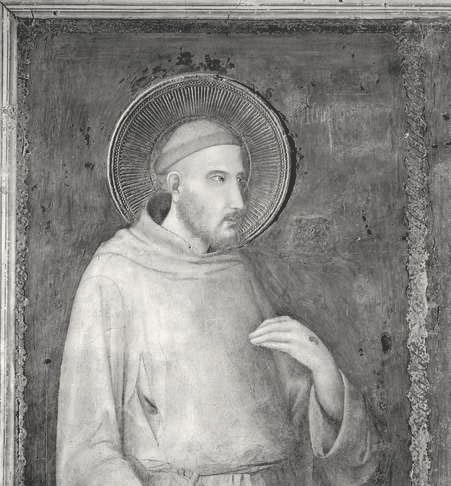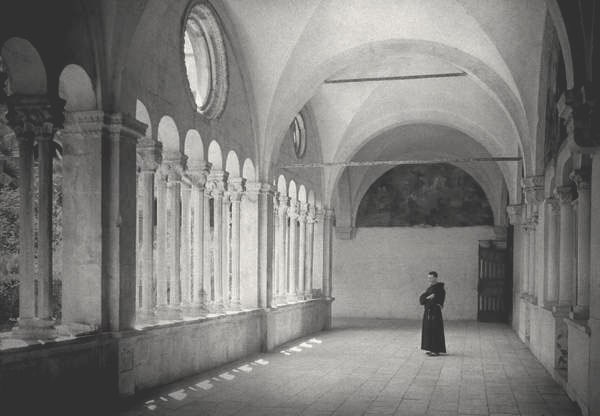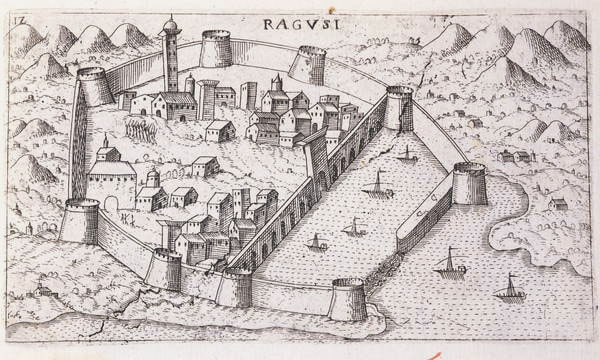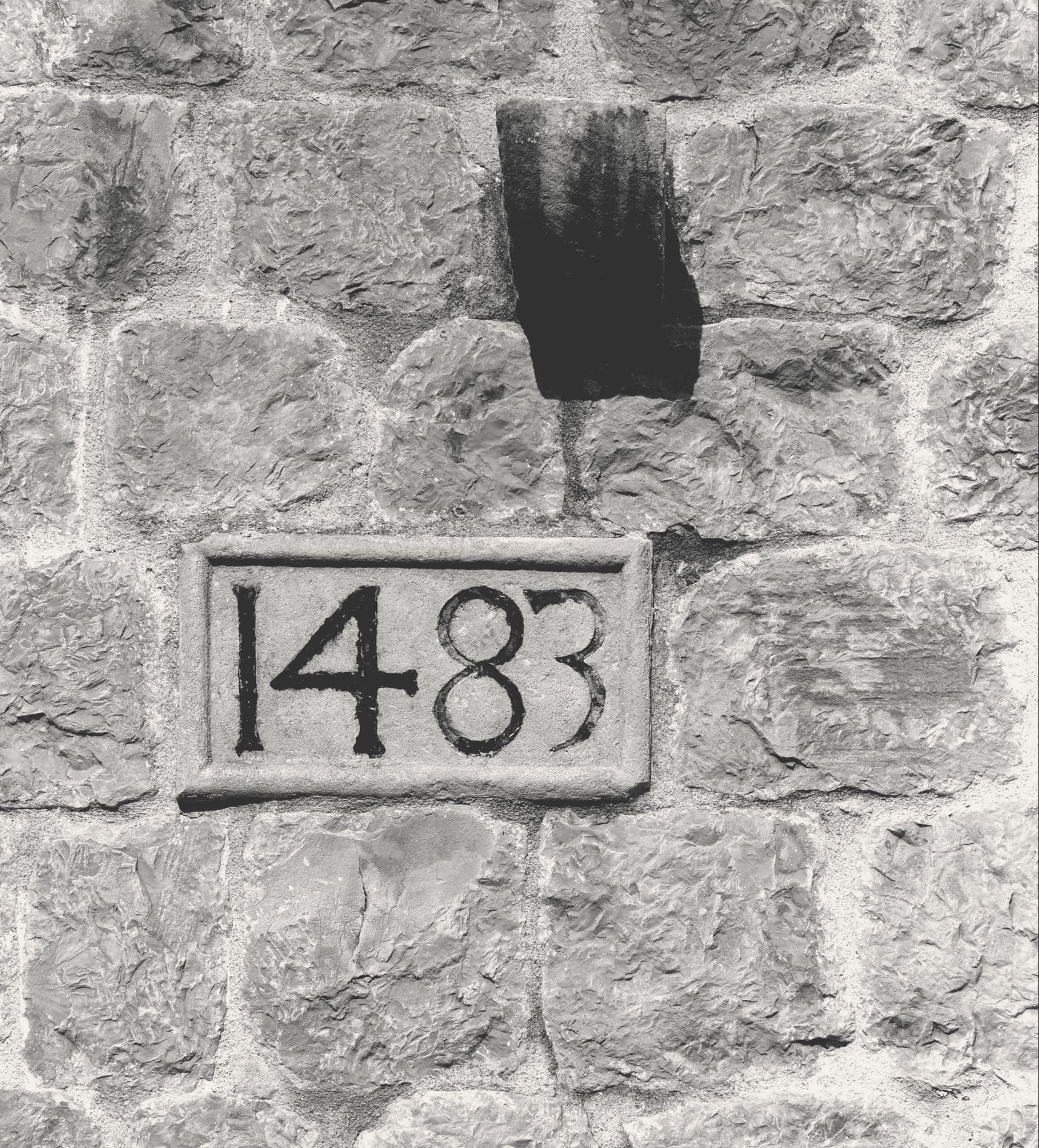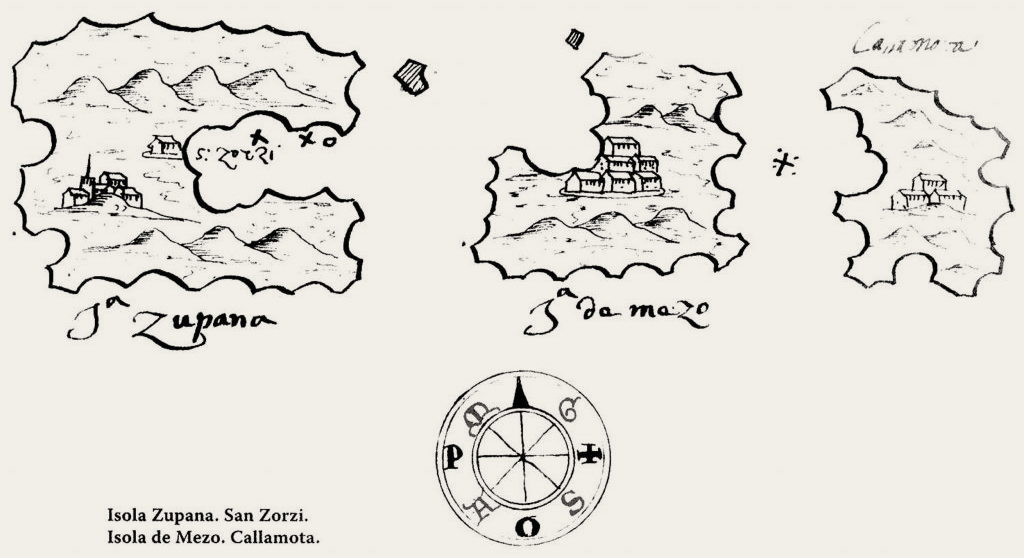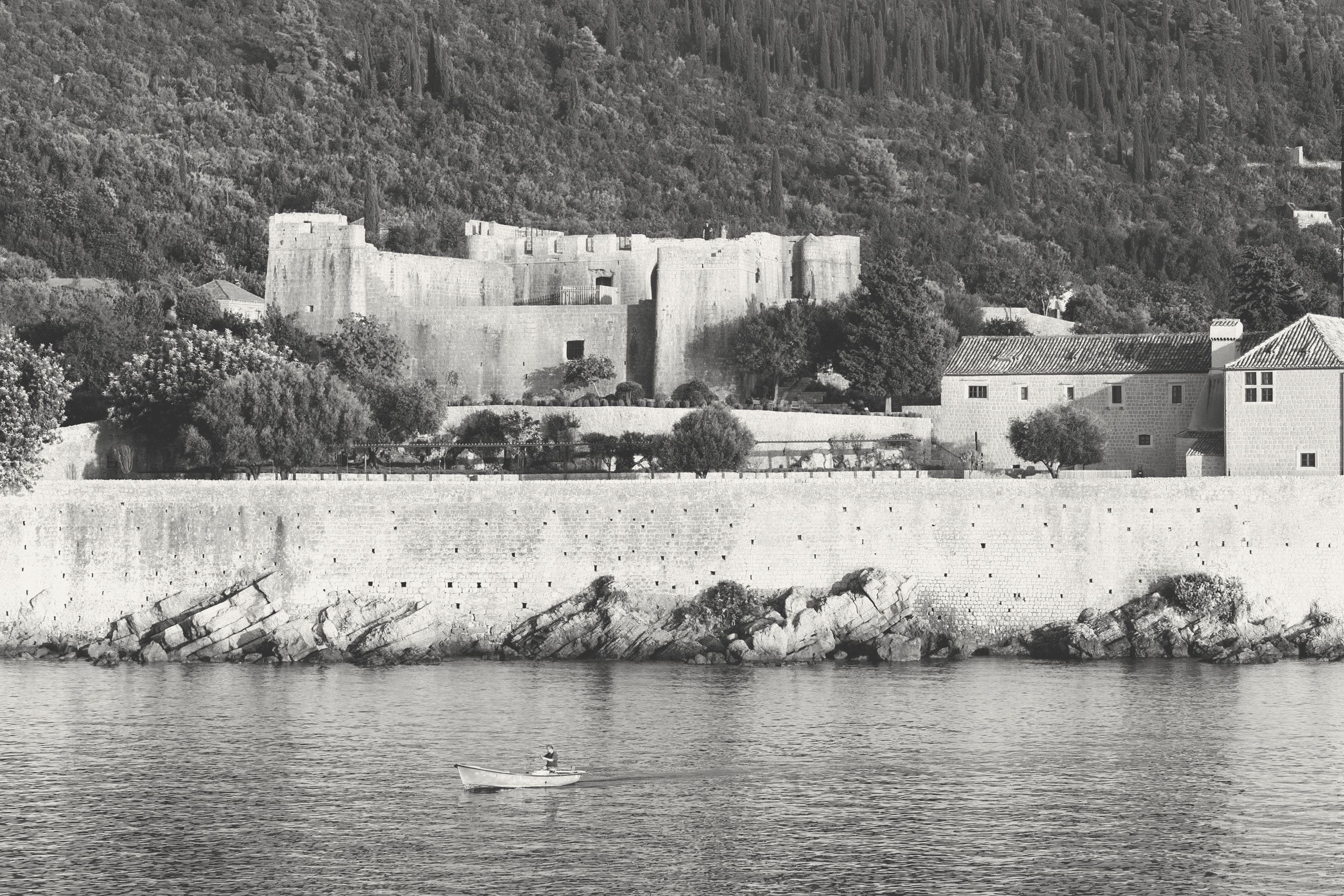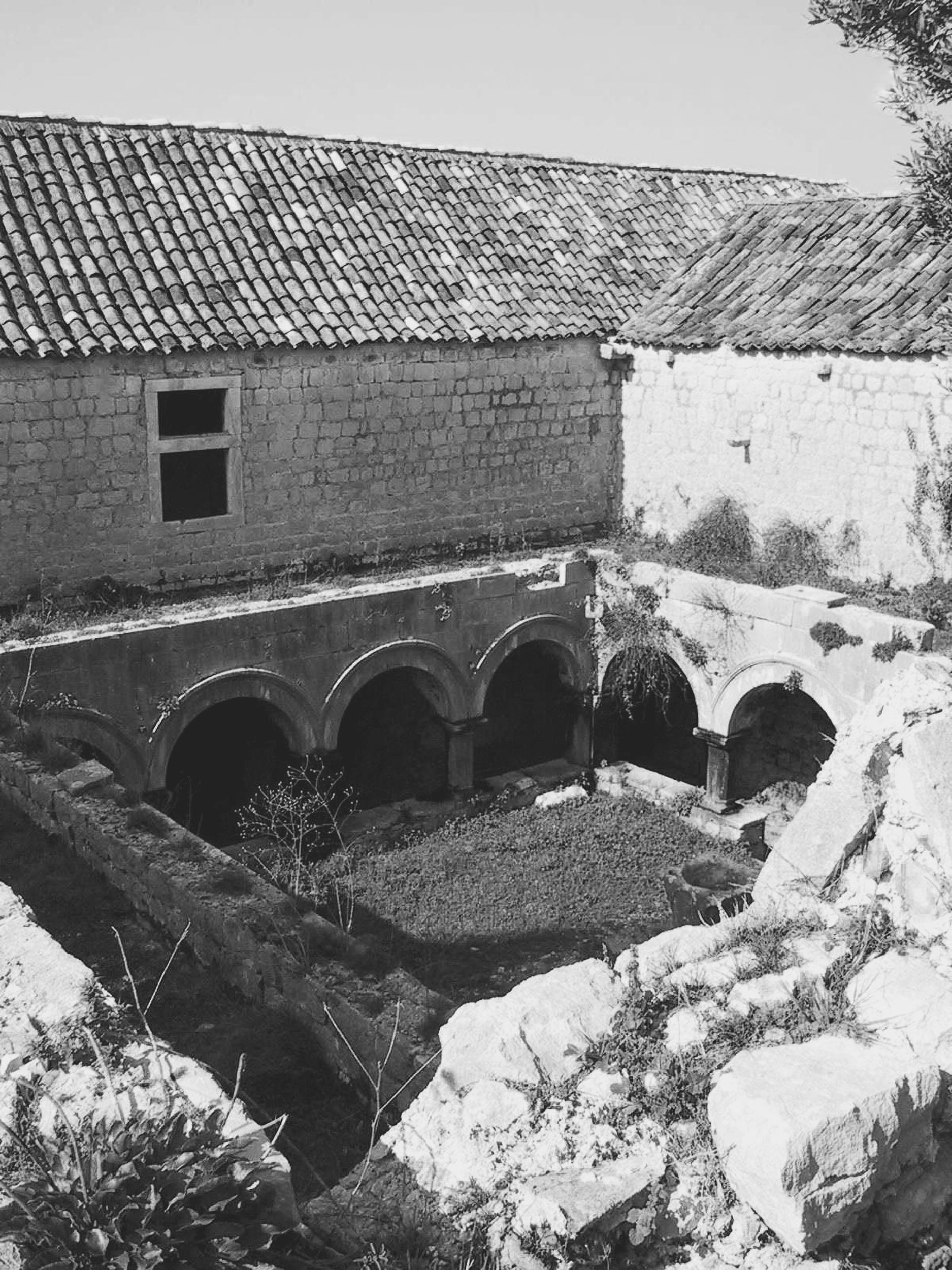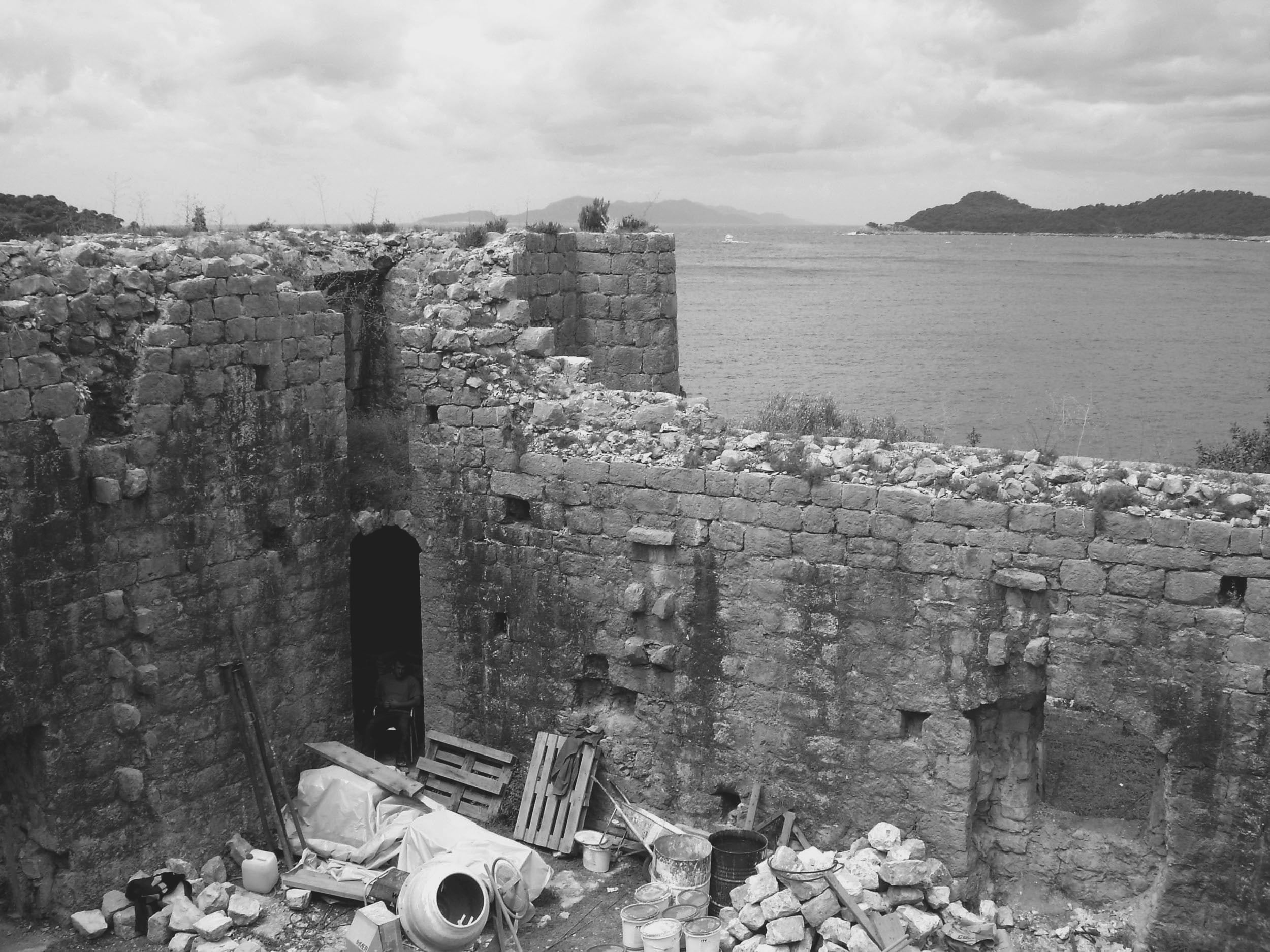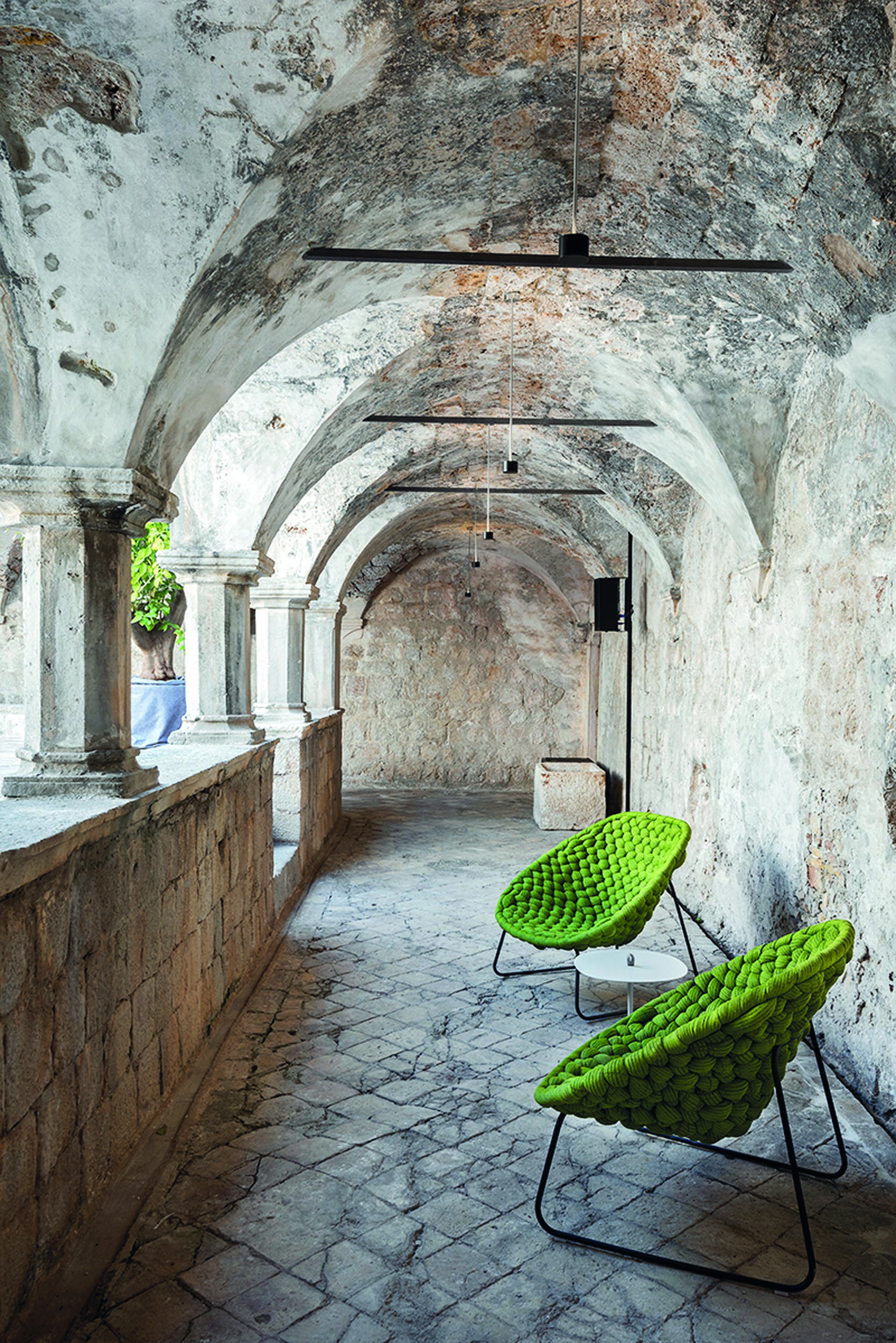History
Located on the northern tip of the island, the Franciscan monastery of Our Lady of the Cave, commonly known as Gospa od Špilice, has been overlooking Lopud for centuries. The founding of the monastery of Our Lady of the Cave was in the interests of both the Observant branch of the Franciscans and the secular government of the Republic of Dubrovnik. Several monasteries in the territory of Ragusa belonged to the Dalmatian province governed by the Republic of Venice, and the government of Dubrovnik was eager to eliminate the potentially dangerous influence of these friars. Therefore, the ultimate aim of Dubrovnik’s government was to unite all Franciscan houses in its territory into an autonomous administrative unit. The founding of the Franciscan monasteries Our Lady of the Cave on the island of Lopud (1483) and Our Lady of the Snow in Cavtat (1484) fulfilled the conditions needed for forming an independent vicariate, under the heavenly protection of Saint Francis.
Establishing an independent province meant strengthening the republic’s influence in its territory, especially on the islands closer to the border. The monastery’s church was originally dedicated to the Birth of the Virgin Mary; it is, however, popularly known as the monastery of Gospa od Špilice. Špilica means “rocky hill cave” in a local dialect. The monastery complex is built on a cave that has been turned into a route leading to the sea directly from the monastery. This route can be approached from the western corner of the building, next to the old kitchen, and one can easily locate a small door in the sea wall when approaching Lopud harbor. It is believed that this is where the cave, or špilica, once was.
